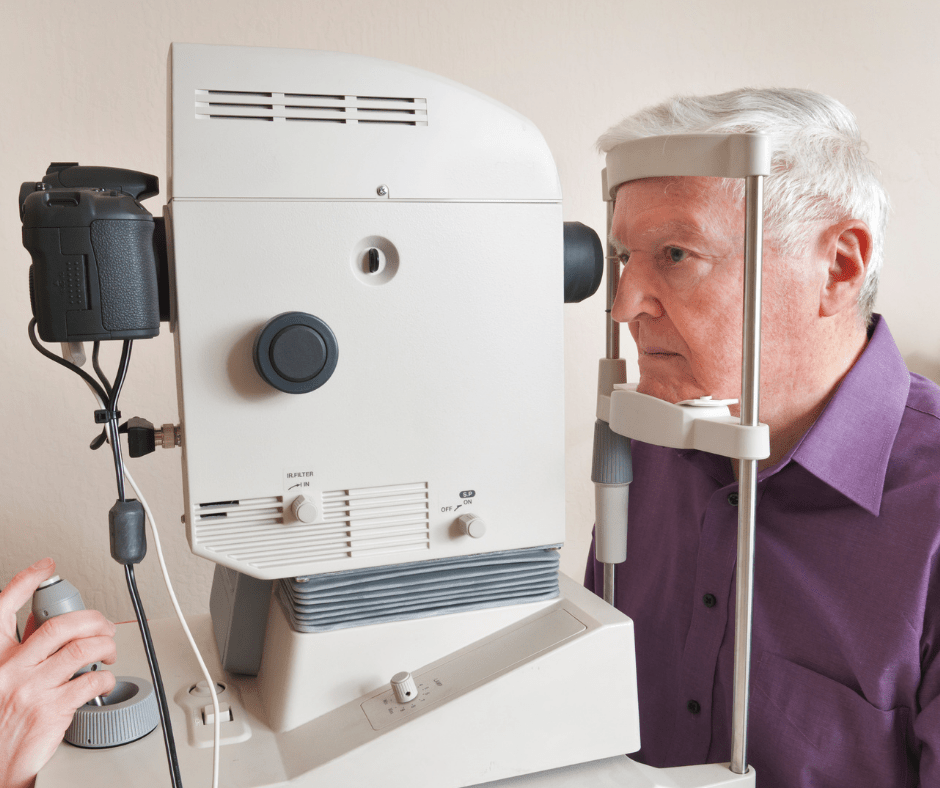Everything You Need to Know About Retinal Tears

The retina lines the back of the eye and converts light into an electrical signal that are sent through the optic nerve to the brain where they are recognized as images. Tears can form in the retina which can lead to a retinal detachment or vision loss.
What causes a retinal tear?
A retinal tear is a defect in the retina that can occur at any age and can have many causes. Some of the more common causes of retinal tears include aging, eye trauma, eye surgery, or being severely nearsighted.
Retinal tears most commonly occur when the vitreous gel that fills the eye separates from the retina, which is called a posterior vitreous detachment (PVD). This process is a normal part of aging and typically doesn’t cause any issues. For some, however, the vitreous is naturally stickier and pulls the retina abnormally, resulting in a spontaneous tear.
“While there are some individual risk factors, there is no way to consistently predict who will develop a retinal tear or when it may occur,” says retina specialist Philip Storey, MD, MPH. “The key is catching the symptoms and tear early, which allows us to treat the tear and usually avoid a retinal detachment.”
A retinal detachment is a serious condition that can cause blindness if not treated quickly. When a retinal detachment occurs, the retina falls off the back of the eye, like wallpaper falling off a wall. When diagnosed early during a dilated retinal eye exam, retina surgeons can repair a retinal detachment and prevent vision loss.
What are the symptoms of a retinal tear?
A retinal tear and detachment are not painful, but almost always have warning signs that you should be aware of, including:
- Sudden onset of floaters (small dots or cobwebs)
- Flashes of light in your vision
- Blurred vision
- A curtain-like shadow in your peripheral vision
Certain factors that can put you at an increased risk of retinal tear or detachment, including having a family or personal history of retinal detachment, extreme nearsightedness, thinning of the retina (called lattice degeneration) or if you are over the age of 50.
When should I see a doctor for a retinal tear or detachment?
If you experience any retinal tear symptoms, our retina specialists recommend scheduling an appointment immediately to determine the best course of retina tear treatment.
At Austin Retina Associates, our retina specialists are experts in the diagnosis and treatment of retinal tears and detachments. We offer 24/7 availability for retinal emergencies and have 16 locations throughout Central Texas.
For retinal tear treatment in Central Texas, contact Austin Retina at 800-252-8259 or request an appointment online.
Find the latest Austin Retina news on our blog, Facebook and Instagram.

